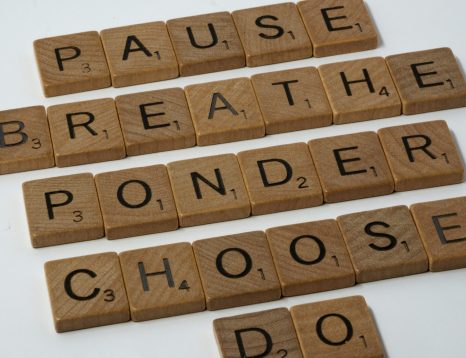
The term hypnosis was wrongly coined in the 19th century by the Scottish surgeon James Braid, because the person in a hypnotic state appeared to be asleep. His work, however, established hypnosis as a scientific practice and promoted its use in medicine.
So what is hypnosis?
It is a state of consciousness characterized by increased susceptibility (recommendations and urges) and focus. It is a natural process of the brain, where the brain waves decrease their frequency and are in Alpha or Theta levels.
In this way the critical mind is suppressed and the subconscious emerges), the possibility of accessing unconscious memories and emotions is created. The resistances that are often manifested by the rational part of the mind cease to exist and this is how the treatment is carried out, which aims to resolve psychological conflicts, wrong beliefs and reduce physical pain.
The introduction to this state is achieved with specific breathing exercises, with some verbal submissions, music and other techniques practiced by the well-trained clinical hypnotherapist.
Today, hypnotherapy, which uses hypnosis as a tool, is recognized as a valid and effective therapeutic method. The benefits of hypnotherapy are numerous. They can help reduce anxiety, deal with phobias, manage weight, improve sleep and boost self-confidence. It is used as a psychotherapeutic tool by psychologists and psychiatrists.
Additionally, it is used in medical applications to treat pain and facilitate recovery from injuries. It can also be used in surgeries as natural anesthesia, in people who are allergic to some medicine.
There is also self-hypnosis.
Self-hypnosis is the process in which a person uses hypnosis techniques to achieve a state of deep relaxation and concentration. Unlike traditional hypnosis that is performed by a professional, self-hypnosis is performed by the person themselves. With self-hypnosis, the person can help himself to some extent if he has symptoms of insomnia, if he experiences some anxiety, if he suffers from headaches.
To get started with self-hypnosis, follow these steps:
- Find a quiet place where no one will disturb you.
- Sit or lie down in a comfortable position.
- Play soft music if you like, otherwise stay silent
- Close your eyes and take deep, slow breaths.
- Repeat positive statements or phrases that will help you relax.
- Visualize a calm and beautiful image of some landscape or situation.
If you want to do it systematically I would suggest recording yourself putting yourself in a beautiful relaxing state, describing a real or imagined place where you will feel good.
Hypnosis has come a long way from ancient rituals to modern scientific applications. Through the contributions of influential figures and ongoing research, hypnosis has been established as a reliable and effective method for enhancing psychological and physical health.
Take advantage of this natural process to discover the hidden power of your subconscious mind.

American Psychological Association (1994). APA definition and description of hypnosis. Defining hypnosis for the public. Contemporary Hypnosis, 11(3), 142-143
Yapko, MD (2012). Trancework: An introduction to the practice of clinical hypnosis. Routledge.
Lesser, D. (1990). The Book of Hypnosis. Curative Hypnotherapy (LCH).










